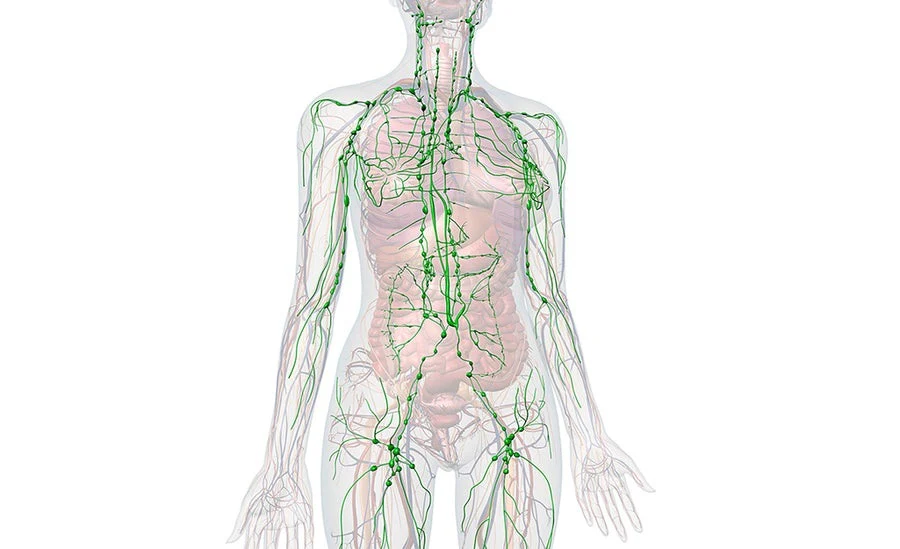Post Operative Recovery Following Aesthetic Procedures


Abstract: The field of cosmetic surgery has witnessed significant advancements over the past few decades, leading to increased patient satisfaction and a rise in the number of procedures performed globally. However, while much attention has been given to surgical techniques and aesthetic outcomes, the post-operative recovery phase remains a significant aspect of patient care. Effective post-operative recovery not only enhances patient comfort and satisfaction but also plays a vital role in minimizing complications and ensuring optimal long-term results. This research article delves into the complexities of post-operative recovery following aesthetic procedure, propose potential therapeutic strategies to enhance lymphatic function during the recovery period, and the best practices for optimizing post-operative care. By shedding light on these necessary aspects, this study aims to contribute to the enhancement of recovery protocols and the overall success of aesthetic interventions.
Postoperative recovery encompasses the period following surgery where the body undergoes healing and rehabilitation. This phase is critical, as it determines the patient’s return to normal function and overall health outcomes. Traditional focuses in postoperative care have included pain management, infection control, and wound healing. However, emerging research highlights the lymphatic system’s significant role in this recovery process. Postoperative care remains a key aspect of achieving optimal results and ensuring patient satisfaction. Among the various postoperative care strategies, lymphatic massage and compression garments have gained prominence for their benefits in enhancing recovery and improving surgical outcomes.

The lymphatic system, an intricate network of vessels, nodes, and organs, plays a pivotal role in maintaining fluid balance, immune defense, and the absorption of dietary fats. This system is significant for both normal physiological processes and the body’s response to pathological conditions.
Lymphatic Vessels are Responsible For:
Draining Excess Fluids
Transporting Immune Cells
Facilitating the Removal of Waste Products and Pathogens from Tissues
These functions are necessary for reducing postoperative edema, preventing infection, and promoting tissue repair. During trauma surgery the lymphatic system is damaged and will take time to heal. Contrary to some belief, the lymphatic vessels do not reconnect back perfectly after surgery. To assist with lymphatic restoration following potential lymphatic disruption during surgery, we must have an approach which decreases fibrosis. Patients undergoing elective cosmetic procedures have healthy intact lymphatic systems, so utilizing an approach to decrease fibrosis after trauma disruption such as incisional, and postOp-indur can fully resolve the lumps and bumps (2).
Understanding factors that enhance recovery, patient comfort, and increase patient satisfaction is a requisite for maintaining a successful practice (4). Cosmetic procedures take a toll on the body so clients will have swelling on and off after surgery for the rest of their life. However, as we want to help clients have a smooth recovery as well as have symptom relief, trauma remodeling is utilized to “reconstruct tissues, cells, and physiological functions to adapt to the new conditions imposed by the trauma” (5). The first day to the seventh day after plastic surgery, postOp treatments delivered are incisional drainage treatments, a technique created in the Caribbean. The strokes used for incisional are light and are meant to help the body expel fluid around cells and vessels. Some people may drain externally although if the client does not have drains the incision does not need to be reopened. Trauma remodeling is recommended to start no later than day two after surgery, although it’s preferred to be started as soon as possible, otherwise fibrosis and negative healing processes may set in. After the first seven days postOp, a different treatment is performed. The technique applied is postOp-indur, which will be applied from day eight to week eight postOp. “The purpose of these sessions are to manually move water-based cells toward your lymph nodes; stroke direction changes and should be going upwards towards your underarms and clavicle” (5). During postOp a technique called lymphatic massage is performed, a specialized technique aimed at stimulating the lymphatic system, which is believed to expedite the removal of interstitial fluid, reduce swelling, and minimize the risk of fibrosis. By promoting lymphatic drainage, this massage technique can potentially accelerate healing, improve blood circulation, decrease discomfort, reduce pain, and improve the overall aesthetic results of cosmetic surgeries such as liposuction, abdominoplasty, and breast augmentation.

A faja is a reconstructive compression tool that clients wear postOp to amplify the effects of the lymphatic system. Post surgical wear follows a clients trauma remodeling continuum from stage one to stage three. “Applying compression therapy increases the hydrostatic forces, pushing fluid into the capillary, and leads to greater net absorption out of the interstitial space, thus decreasing clinical edema” (3). Stage one compression garment should be worn from the first day after surgery to day seven or ten after surgery. Stage one fajas allow for tissue expansion and swelling fluctuations the first week of surgery. Stage two faja is a moderate stage of compression that clients use from day eight to a year after surgery. Clients should reassess their results with their body goals to determine if they should stay at the stay two compression garment or move up to the stage three compression garment. Stage three is the highest form of compression to further amplify clients results. This stage is an aggressive level of compression which can be used for body contouring non- surgically. Wearing a compression garment can reduce swelling, decrease bruising, minimize visible scarring, improve comfort, and reduce the risk of infection after trauma surgery.

In conclusion, the advancements in cosmetic surgery have significantly improved patient satisfaction and procedural outcomes globally. However, the importance of post-operative recovery cannot be overstated, as it is integral for minimizing complications and ensuring long-term success. This research highlights the significant role of the lymphatic system in post-operative recovery and explores therapeutic strategies such as lymphatic massage and the use of compression garments to enhance lymphatic function. By focusing on reducing postoperative edema, preventing infection, and promoting tissue repair, these strategies can facilitate smoother recoveries and better aesthetic results. A comprehensive understanding of the factors that enhance patient comfort and satisfaction is vital for refining recovery protocols and contributing to the overall success of cosmetic interventions. As the field continues to evolve, incorporating these best practices into standard post-operative care will be imperative for optimizing patient outcomes and maintaining a high standard of care in aesthetic surgery.
Reference:
Daniel Y. Maman, M. (2023, September 25). The importance of compression after plastic surgery. American Society of Plastic Surgeons. https://www.plasticsurgery.org/news/blog/the-importance-of-compression-after-plastic-surgery
Marxen, T., Shauly, O., Goel, P., Tsan, T., Faria, R., & Gould, D. J. (2023, February 28). The utility of lymphatic massage in cosmetic procedures. Aesthetic surgery journal. Open forum. https://www.ncbi.nlm.nih.gov/pmc/articles/PMC10045879/#:~:text=Rapidly%20reducing%20lymphostasis%20postoperatively%20may,reducing%20pain%2C%20and%20facilitating%20healing
Ormseth, B. H., Livermore, N. R., Schoenbrunner, A. R., & Janis, J. E. (2023, September 25). The use of postoperative compression garments in plastic surgery-necessary or not? A practical review. Plastic and reconstructive surgery. Global open. https://www.ncbi.nlm.nih.gov/pmc/articles/PMC10519563/
Stahl, S., Santos Stahl, A., Feng, Y.-S., Estler, A., Buiculescu, F., & Seabra Robalo Gomes Jorge, A. C. (2024, January). Enhanced recovery after surgery (eras) pathways for Aesthetic Breast Surgery: A prospective cohort study on patient-reported outcomes. Aesthetic plastic surgery. https://www.ncbi.nlm.nih.gov/pmc/articles/PMC10234236/
Trauma Remodeling Chart. CSL Therapy. (2024, May 29). https://csltherapy.org/trauma-remodeling-chart/
Samantha Franks is a social media content creator from Atlanta, Georgia. She earned her bachelor’s degree in business management from the University of South Carolina Beaufort which enriched her analytical research as well as her unique writing ability. Her passion for helping people in all aspects of their health, mentally and physically is shown through her work at TOSI University.
Keep in touch with Samantha via the web:
LinkedIn: https://www.linkedin.com/in/samantha-franks-
Facebook: https://www.facebook.com/samantha.franks.925

